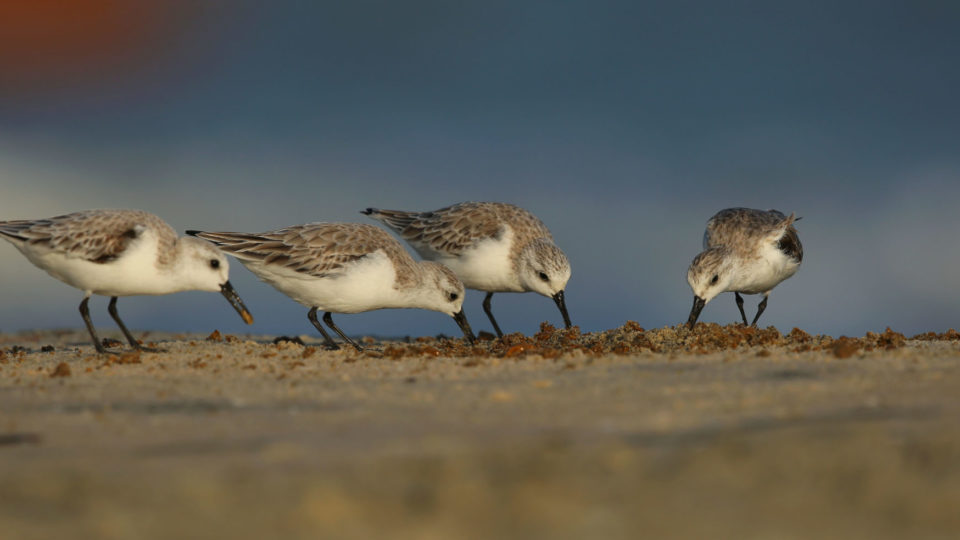Results of the latest International Waterbird Census (IWC) trend analyses for 358 waterbird populations in the African-Eurasian flyway are now available on the IWC Online Portal.
For each population, we present the following information:
• The IWC count totals: showing the unadjusted number of birds counted in a given
year for all sites.
• The trend graph: showing totals adjusted for missing counts at the network of
monitoring sites that fulfil the site selection criteria.
• The proportional contribution of countries to the imputed totals in any given year.
• The maximum of the IWC count totals in the last 5 years compared to the population
size estimates from CSR7. This helps to notice if population estimates needs to be
updated based on the IWC counts.
• The trend statistics for the overall, the 3 generation and for the 10-year trend periods.
• If relevant, the magnitude of the actual or projected population decrease over 3
generations.
This report is one of the major inputs into the status assessment of AEWA populations. For many waterbird populations the IWC represents the best available information, but not for all. Some populations have insufficient IWC data to produce robust trend estimates or populations of the same species are mixed during the IWC count. Therefore, the results of the IWC trend analyses cannot be used uncritically to assess the status of the AEWA populations. The results of our interpretation of the IWC data and other sources of information are presented on the WPE Portal under the AEWA Conservation Status Review 8th edition.
We are deeply indebted to all the IWC coordinators and their observer networks whose data allow this analysis. We are also grateful to the support and advise of the Strategic Working Group of the African-Eurasian Waterbird Monitoring Partnership, including their support of waterbird monitoring activities across the flyway. This includes our partners supporting regional IWC counts in the East Atlantic Flyway by the Wadden Sea Flyway Initiative coordinated by Sovon, the Dutch Centre for Field Ornithology, in North Africa by the Mediterranean Waterbirds Network coordinated by Tour du Valat, in Southwest Europe by the Adriatic Flyway Initiative coordinated by EuroNatur, in the Sahel by the RESOURCE project coordinated by the FAO and other donors funding counts at national and at site level. Finally, our thanks to the supporters of the flyway-level coordination of the IWC, in particular to the Association of the Members of Wetlands International, the European Union LIFE+ NGO Operational Grant, the Swiss Federal Office for the Environment, the Norwegian Environmental Agency.
If you would also like to supporting the long-term monitoring across flyways for the conservation of migratory waterbirds, you can contribute directly through the Waterbird Fund.

